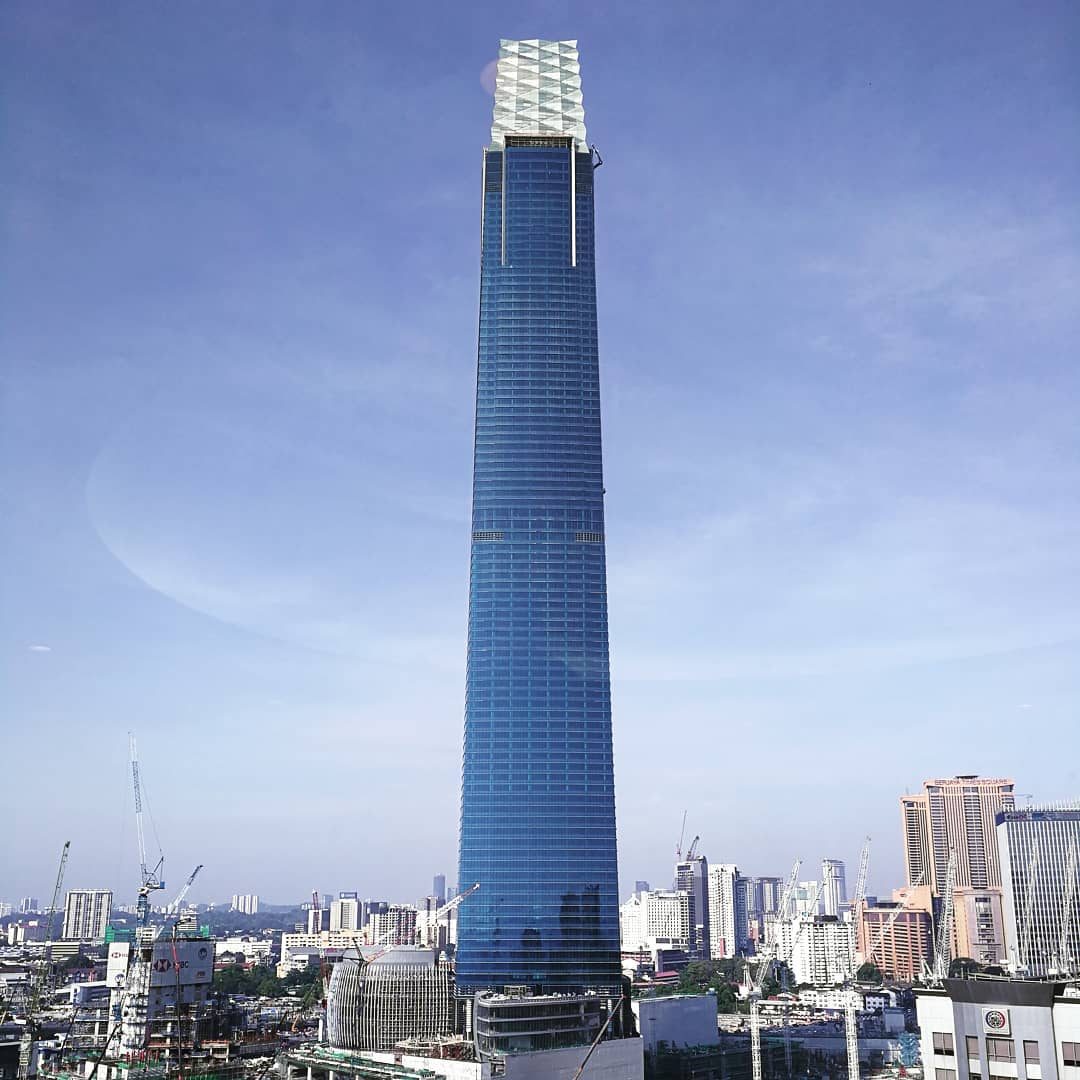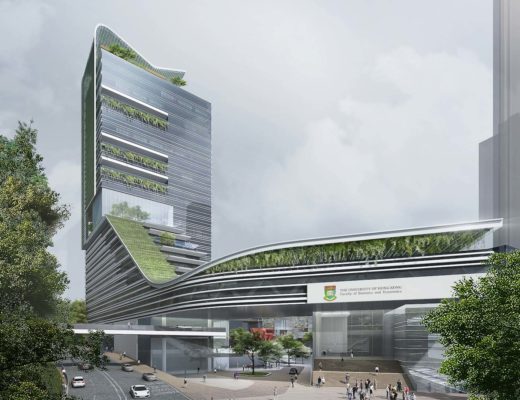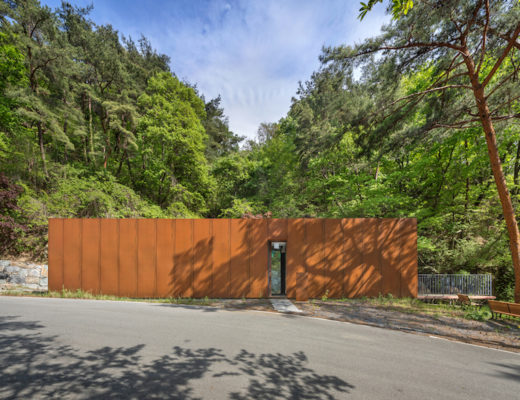The Exchange 106 skyscraper in Malaysia’s capital Kuala Lumpur has announced its completion and handover to occupants. The 492-metre mixed-use tower has displaced The Petronas Twin Towers as the city’s tallest skyscraper. The Exchange 106 will be the tallest building in Malaysia and Southeast Asia, and is expected to retain this distinction for the next few years until the currently under construction 644-metre Merdeka PNB 118 by Fender Kastalidis architects surpasses it.
Designed by the inhouse architects at developer Mulia Group and Architect of Record, Peter Chan, it breaks away from the norm as most high-rise buildings are designed by specialist architecture practices such as SOM, Kohn Pedersen Fox and Adrian Smith + Gordon Gill Architecture.
On a more technical basis, however, architectural height doesn’t count the elevation of buildings’ sites, so in that respect, the Exchange 106 is the second tallest building in Malaysia, after the Petronas Towers, which are built on a site with similar elevation as the Exchange 106. The twin towers are taller than the Exchange 106 by both vertical rise and altitude, but they are shorter if the height is measured to roof since Exchange 106 has no spire or antenna atop on the building, and is topped up with a 48-metre high crown. While the height of the building is 446 metres, it goes up to 492.3 meters, if the elevation of the site of the building is counted. Yet, Exchange 106 has become one of the top 25 tallest buildings in the world.
The 106-storey building will also offer 92 column-free office floors in Malaysia, including each averaging 34,000 square ft, which will allow for flexible layouts and open plan interior designs by tenants, making it the largest floor plate in Malaysia. The bottom five floors are reserved for retail space, with about 300,000 square ft of retail space available.
The ceiling in the entrance lobby is 15 meters high. It will also have an observation sky lobby on the 57th floor. Apart from 106 floors above ground, there are also six floors underground, providing basement parking that can accommodate more than 2,100 cars.
The top of the Exchange 106 features a 48-metre-high and 12-storey tall crown of triangulated and folded super clear glass at the top of the tower to provide dramatic reflections in daytime and a distinctive glow at night, while LED lights throughout the building change colours to reflect the Malaysian currency’s colours. The contractor China State Construction Engineering Company completed the exterior and interior of the building simultaneously, greatly reducing the duration of the project.
Inspired by Art Deco and Islamic architecture principles, the Exchange 106’s 15-metre-tall main lobby features luxurious finishings of marble cladding and English Burlwood veneer ceilings.
The top of the Exchange 106 features a crown of triangulated and folded super clear glass at the top of the tower to provide dramatic reflections in daytime and a distinctive glow at night, while LED lights throughout the building change colours to reflect the Malaysian currency’s colours.
The Exchange 106 on the Jalan Selatan street is located in Kuala Lumpur’s planned new financial district Tun Razak Exchange, also known as TRX. The district is a 70-acre (28-hectare) site at the southern edge of downtown Kuala Lumpur in Malaysia. TRX, envisioned to be an integrated financial business, retail and residential development, has direct road links to the three major highways of Jalan Tun Razak, Maju Expressway and the SMART Tunnel.
TRX houses Kuala Lumpur’s largest underground Mass Rapid Transit (MRT) station. The tower can be accessed by taking Sungai Buloh-Kajang Line, and the future Sungai Buloh-Serdang-Putrajaya Line.
The building is well-connected, with its ground floor to be a pedestrian interchange between its TRX neighbours such as HSBC’s and Affin Bank’s office buildings, the TRX MRT station and the new shopping centre Exchange Mall.




